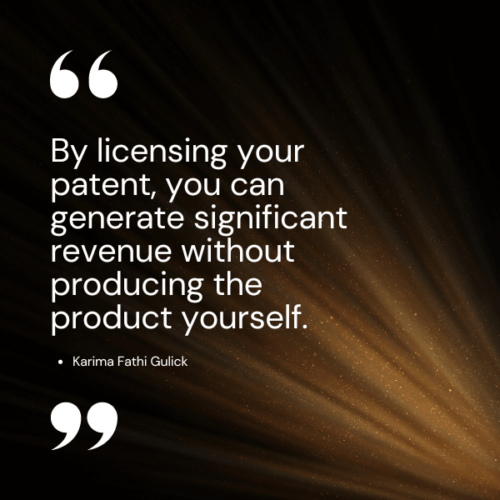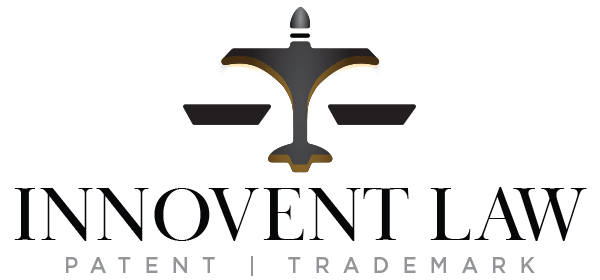Patent License vs. Patent Licensing
Understanding the difference between a patent license and patent licensing is crucial. A patent license is a legal agreement that grants permission to use, produce, and sell a patented invention. It allows the licensee to benefit from the patent while the licensor retains ownership. On the other hand, patent licensing refers to the broader process of negotiating and managing these agreements. Patent licensing can be an excellent way for companies to monetize their patents.
Do and Don’t
Do:
- Conduct Thorough Research: Understand the market potential and identify suitable licensing partners.
- Draft Clear Agreements: Ensure the patent license contract clearly outlines terms, obligations, and rights.
- Seek Professional Advice: Work with an experienced patent attorney to navigate legal complexities.
Don’t:
- Neglect Due Diligence: Failing to research your licensee can lead to breaches and disputes.
- Overlook Compliance: Ensure your licensing agreements comply with relevant laws and regulations.
- Forget to Protect Your Interests: Safeguard your intellectual property by including protective clauses in the contract.

For more details on ensuring a strong patent strategy, visit our guide on Utility Patents.
Can Patents Be Sold, Licensed, or Assigned?
Yes, patents can be sold, licensed, or assigned. Selling a patent involves transferring ownership entirely to the buyer. Licensing a patent involves granting usage of patent rights for a certain period while the original owner retains ownership. Assigning a patent is similar to selling but may include certain conditions or limitations. Each option has its benefits and considerations, depending on your business strategy.
How to Get Started with Licensing a Patent?
Initiating patent licensing requires careful planning. Here are the initial steps:
- Evaluate Your Patent Portfolio: Identify which patents are suitable for licensing by assessing their market potential and relevance.
- Prepare Documentation: Ensure all patent documents are up-to-date and accurately describe the invention.
- Market Your Patent: Use professional networks and industry connections to find potential licensees. Then present the benefits and potential of your patent to the potential licensees.
- Negotiate Terms: Work with an experienced patent attorney to draft and negotiate the patent licensing agreement that covers at least the royalty rates, usage rights, and duration.
- Finalize the Agreement: Ensure both parties agree to the terms and then file the necessary documentation with the appropriate authorities.
Learn more about the costs associated with patenting by visiting our Patent Pricing page.
Critical Steps to License a Patent
Licensing a patent involves several critical steps:
- Identify Potential Licensees: Target companies that can benefit from your invention. Research their market position and technological needs (both current and future).
- Sign a Confidentiality Agreement: Ask potential licensees to sign a confidentiality agreement to protect rights to your intellectual property.
- Draft a Licensing Proposal: Create a comprehensive licensing proposal highlighting the benefits of your patent. This includes technical details and market potential.
- Negotiate Terms: Discuss key terms such as royalties, exclusivity, and sublicensing rights. Make sure both parties are clear on their responsibilities.
- Legal Review: Have an experienced patent attorney review the contract to ensure all legal aspects are covered. This prevents future disputes and effectively protects your interests.
- Sign the Agreement: Once both parties are satisfied with the terms of the licensing agreement, sign the contract and begin the licensing partnership. Please also ensure all relevant documents are filed with the USPTO.
For a detailed overview of the licensing process, refer to the UpCounsel guide.
Additional Insights
Maximizing Revenue through Licensing
By licensing your patent, you can generate significant revenue without producing the product yourself. Licensing allows you to focus on innovation while letting your licensee handle manufacturing and distribution.
Protecting Your Intellectual Property
Strong protective clauses in your licensing agreements helps safeguard your patent rights. Clauses such as non-disclosure agreements (NDAs) and non-compete clauses ensure that your intellectual property remains secure.
Choosing the Right Licensing Partner
Selecting the right partner is crucial. Look for companies with a strong market presence and the manufacturing capability to maximize your patent’s potential. Due diligence is essential in verifying their reputation and capacity.
Monitoring and Enforcement
After licensing your patent, it’s important to monitor its use and sure that your licensee complies with the terms of the agreement. If breaches occur, be prepared to take legal action to enforce your rights.
Ready to monetize your intelectual property?
Patent licensing is a strategic way for companies to monetize their intellectual property. By understanding the nuances of patent licenses and the licensing process, you can unlock significant revenue potential. Remember to conduct thorough research, draft clear agreements, and seek professional advice. If you’re ready to start licensing your patents, contact Innovent Law for expert guidance. Visit our contact page to schedule a consultation.
By following these steps, you can effectively license your patents and enhance your company’s growth and innovation. Don’t miss out on the opportunities that patent licensing can offer—start your journey today.
For more information on design patents, check out our resources on Design Patents and Utility Patents.
